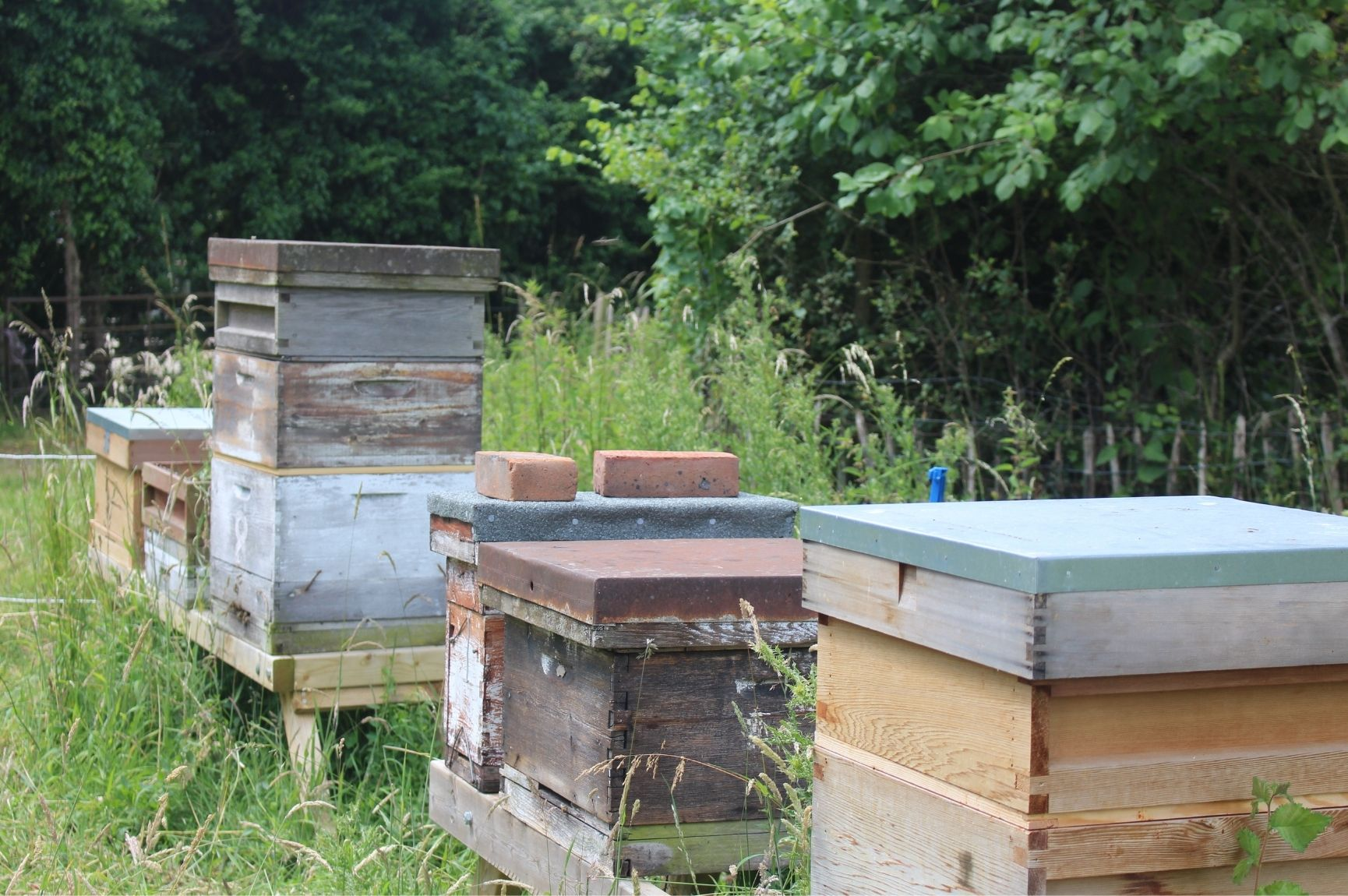
Pod & Pip Honey Bees
Share
Pod & Pip Honey Bees
The introduction of the beehives at Pod & Pip have been fascinating, with the beekeepers Sara and Tim providing a huge amount of knowledge and insight into these incredible tiny creatures, and we have loved learning about the complexity of how the bees and hives operate.
There are some wonderful benefits of ‘growing’ your own honey. Known in Greek times as the ‘food of the gods’, raw honey has antibactierial and antioxidant properties perfect for adding to hot tea to soothe a sore throat for example. Local honey is also great for treating hayfever and being local, another advantage is that it, has zero airmiles, apart from the bees, who on average, fly a mile in distance from the hives each time to collect pollen!
The Cutting Garden at Pod & Pip provides a food source right on the doorstep for the bees, and we have planted bee friendly flowers (which include verbena, lavender, hellebores, foxgloves, scabious, sedum, cosmos) to provide food pretty much all year round, not just for the honey bees but bumble bees and solitary bees too.
With the loss of huge areas of hedgerows, fields, meadows and verges to building development, bees are in need of our help, so planting flowers whether in the garden, window box, pots or balconies or rewilding areas of lawn all of it will help our bee population. Without bees we would have no plant pollination and therefore no flowers or food crops.
So if you are keen to help these little chaps there are few things to consider when planting for bees. Planting clumps of bee friendly flowers are more attractive to bees than scattered around and also honey bees collect one type of pollen per forage flight so this is a real help for them. Trees and shrubs are also a huge pollen source which, with winter and early spring flowering ones helping to provide a year round source so don’t forget these are important too. Plan your planting to provide a year round source of pollen for the bees and don’t use pesticides when flowers are in bloom. Finally bees find some flowers easier to access, such as saucer or bell shaped flowers, getting to the pollen is so much easier for them!
Published: July 2022



